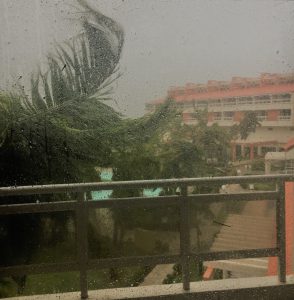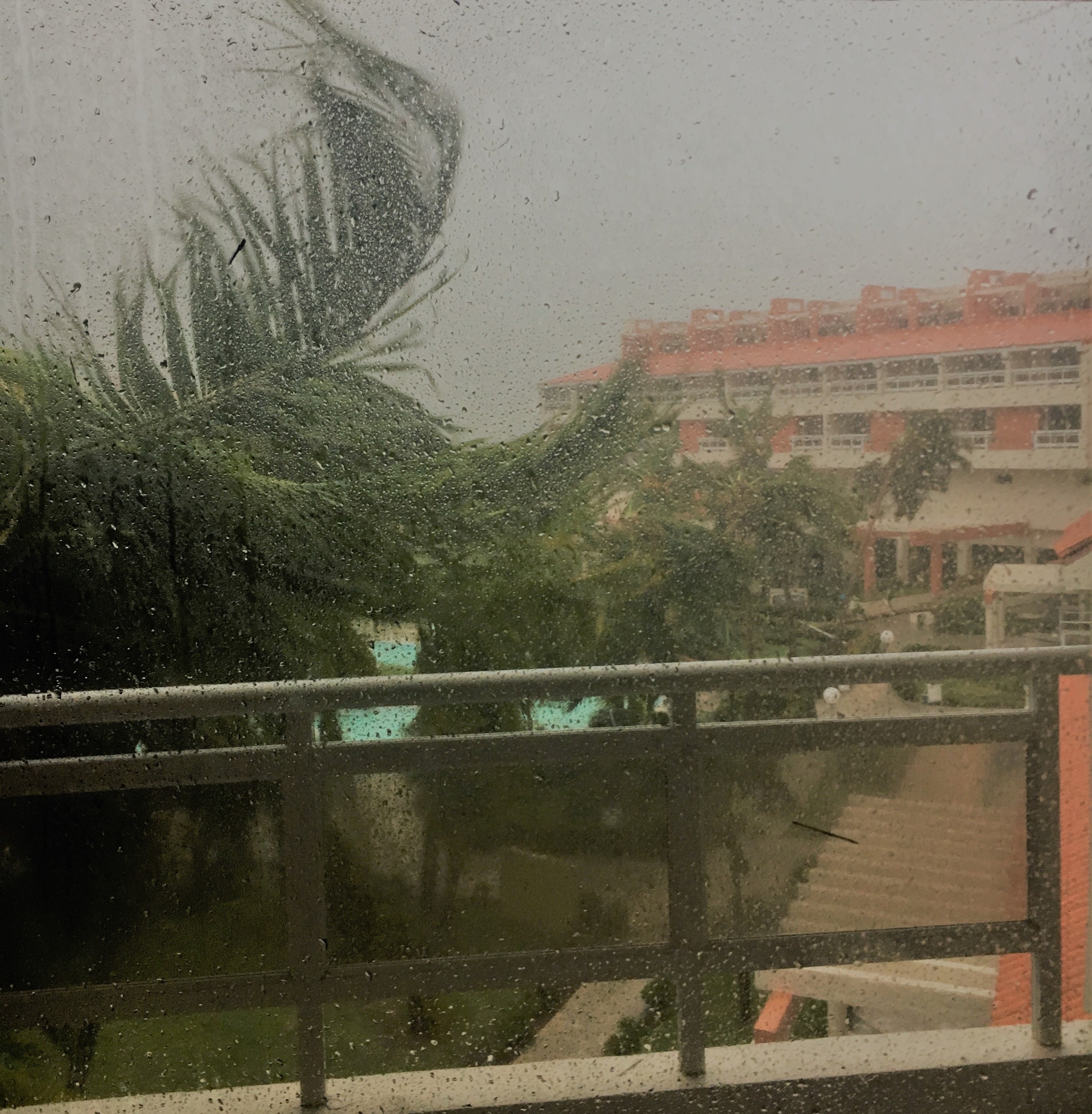New findings from the U.S. Department of Energy’s National Renewable Energy Laboratory (NREL) and Clean Energy Group (CEG) that when the value of resilience is taken into account — preventing power outages — several more integrated solar-plus-storage projects are economically viable.
The findings, presented in a new paper, use detailed modeling of several different building types. The models assign value to how solar-plus-storage can prevent the losses that occur during a power outage.
Putting a concrete value on predicted power outage losses is a complex task for building owners and developers. While some types of organization, such as a bank or data centre, may have dollar costs associated with such losses, most other sectors are not able to perform proper cost-benefit analysis on investments relating to resilience. This factor is compounded when looking at buildings which see increased use in an emergency — which frequently occur concurrently with power outages — such as hospitals and shelters. Disasters and outages cause billions of damages in losses, yet placing a dollar value on their prevention is still a challenge.

Hurricane Irma (Image: Jo Pegram-Mills)
The new paper from CEG and NREL, Valuing Resilience on Solar and Storage System Design, considers three types of building: hotel, office and school. Customer survey data from Lawrence Berkeley National Laboratory was used to provide resilience values in terms lost dollars-per-hour of power outage.
The resilience value findings in the paper were especially significant for energy storage, doubling net lifetime savings for the building owner in the case of the hotel and school. The paper’s findings are particularly relevant in the wake of 2017’s natural disasters — Hurricane Maria in the Caribbean, California’s wildfires, Hurricane Harvey in the Southern US — where the resulting power outages could not be mitigated with just back-up diesel generation.
Read more: Energy Storage Forum



